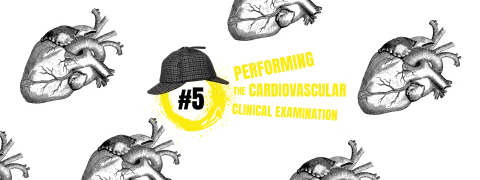
In this third issue, you will find a new contribution dealing with the structure of the research paper, which depends on both the type of study you are conducting and the journal you wish to submit it to.
Dans ce troisième numéro, nous proposons une nouvelle contribution traitant de la structure de l’article de recherche qui dépend à la fois du type d’étude que vous menez et de la revue à laquelle vous souhaitez le soumettre.
The basic structure of the research paper is the I.M.R.A.D. structure, which stands for Introduction, Materials and Methods, Results, And Discussion. However, a number of variations exist: some journals have their own particular style. For example, in The Lancet, the Materials and methods section is called Patients and Methods, and in Nature Medicine, the structure is Introduction, Results, Discussion, and Methods. All this means that it is imperative to read the Instructions to Authors very carefully before you even start writing.
It will save you considerable time and energy!
With regard to the type of study you have done (prospective / retrospective study, randomised controlled trial, clinical trial, study of diagnostic accuracy, systematic review and meta-analysis, observational study…), there are a number of dedicated sites that can help you (see What’s up Doc? n°2).
La structure de base de l’article de recherche est la structure I.M.R.E.D., qui signifie Introduction, Matériels et Méthodes, Résultats Et Discussion. Cependant, il existe un certain nombre de variantes : certaines revues ont un style qui leur est propre. Par exemple, la rubrique Materials and Methods s’appelle Patients and Methods in The Lancet, la structure de Nature Medicine est Introduction, Results, Discussion, and Methods. Il est donc impératif de lire très soigneusement les instructions aux auteurs avant même la rédaction de l’article. Ainsi vous économiserez énormément de temps et d’énergie.
Pour ce qui est du type d’étude que vous avez menée (étude prospective / rétrospective, essai contrôlé et randomisé, essai clinique, étude de test diagnostique, revue systématique et méta-analyse, étude observationnelle…), il existe un certain nombre de sites dédiés susceptibles de vous aider.
(voir What’s up, Doc ? n°2).













